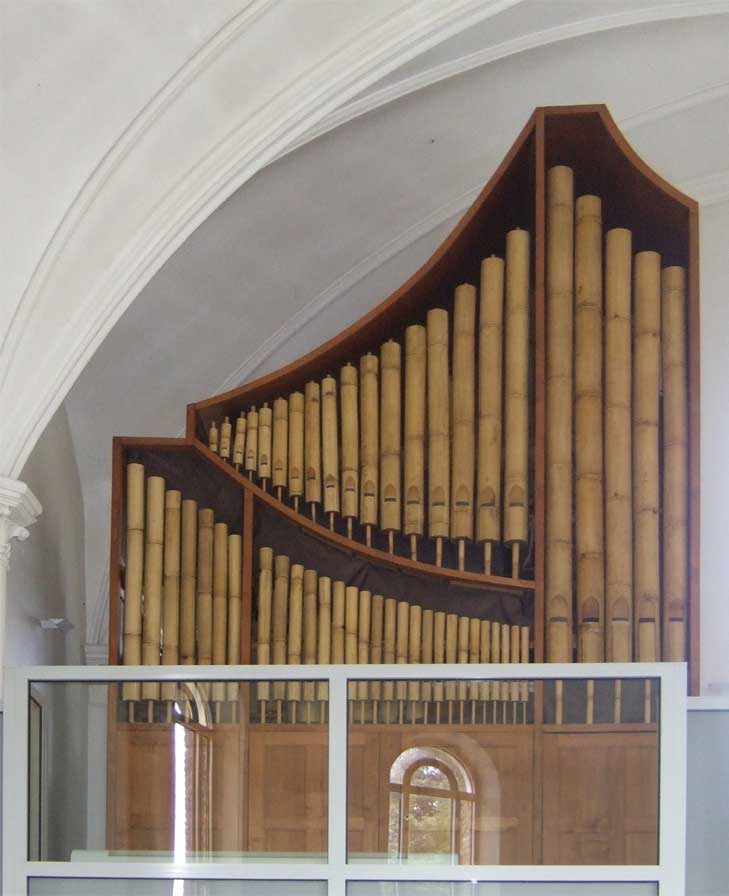FelixLowe
New member
19th century Easter hymn tune Ellacombe arranged for an organ prelude performed on the Moller: http://www.youtube.com/watch?v=ISm_ywHNMQY.
The day of Resurrection
The day of resurrection!
Earth, tell it out abroad;
the Passover of gladness,
the Passover of God.
From death to life eternal,
from earth unto the sky,
our Christ hath brought us over,
with hymns of victory.
Our hearts be pure from evil,
that we may see aright
the Lord in rays eternal
of resurrection light;
and listening to his accents,
may hear so calm and plain
his own "All hail!" and, hearing,
may raise the victor strain.
Now let the heavens be joyful!
Let earth her song begin!
The round world keep high triumph,
and all that is therein!
Let all things seen and unseen
their notes in gladness blend,
for Christ the Lord hath risen,
our joy that hath no end.
Words: John of Damascus (ca. 675-749), ca. 750;
trans. John Mason Neale (1818-1866), 1853
Source: http://www.oremus.org/hymnal/t/t111.html
MIDI: Ellacombe (Mainzer Gesangbuch, 1833) Meter: 76 76 D
The day of Resurrection
The day of resurrection!
Earth, tell it out abroad;
the Passover of gladness,
the Passover of God.
From death to life eternal,
from earth unto the sky,
our Christ hath brought us over,
with hymns of victory.
Our hearts be pure from evil,
that we may see aright
the Lord in rays eternal
of resurrection light;
and listening to his accents,
may hear so calm and plain
his own "All hail!" and, hearing,
may raise the victor strain.
Now let the heavens be joyful!
Let earth her song begin!
The round world keep high triumph,
and all that is therein!
Let all things seen and unseen
their notes in gladness blend,
for Christ the Lord hath risen,
our joy that hath no end.
Words: John of Damascus (ca. 675-749), ca. 750;
trans. John Mason Neale (1818-1866), 1853
Source: http://www.oremus.org/hymnal/t/t111.html
MIDI: Ellacombe (Mainzer Gesangbuch, 1833) Meter: 76 76 D
Last edited:



